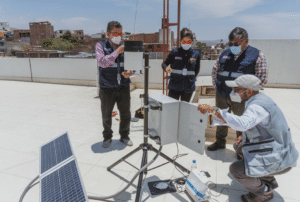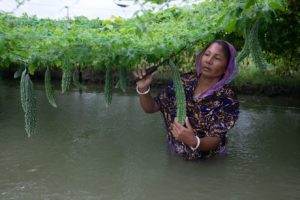What is disaster risk reduction and what does it mean for communities around the world on the front line of climate change?
What is disaster risk reduction?
Many natural hazards such as floods, droughts, earthquakes and cyclones lead to human disasters. These disasters can severely impact communities’ social and economic wellbeing.
Disaster Risk Reduction is a set of approaches that help us understand why disasters happen and what kind of preventative actions we can take to reduce our vulnerability.
Disaster Risk Reduction is based on the principle that we need to reduce disaster risk before it occurs, so that its negative impacts on society can be avoided.

We’re working with communities in Nepal and Bangladesh so they can create evacuation plans to prepare for floods.
Why is disaster risk reduction important?
Climate change has triggered an increase in extreme weather events such as floods, droughts and landslides.
As the effects of climate change become increasingly tangible, vulnerable and hazard-prone communities face growing, complex, and worsening challenges.
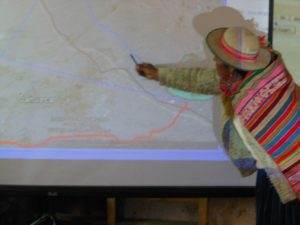
In Bolivia, we work with indigenous people to map flood plains and gather information about flood risk in remote communities.
Where is disaster risk reduction most needed?
Disaster risk reduction is especially critical in countries that are most vulnerable to hazards and climate change and are already feeling the impacts on a daily basis.
Poorer areas are often hardest hit. Poverty forces people into disaster-prone areas where making a living is almost impossible. And it means they’re ill-equipped to adapt to the changing climate, leaving them even more vulnerable to future disasters.
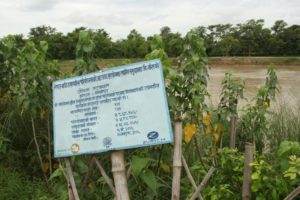
This biodyke, on the Karnali river in Nepal, has been build from natural materials and is helping protect surrounding communities from floods.
What is Practical Action doing?
We’re helping people adapt to the changing climate and prepare for disasters. We work closely with communities to develop simple, practical solutions that can help minimise the ways in which floods, droughts and extreme weather affect their lives and opportunities.
We want a world that puts climate action and peoples’ needs centre stage. Where we don’t accept that vulnerability is normal and disasters are inevitable. But manage future risks and minimise their impact, especially on the most vulnerable, so we can all live in safety and have the opportunity to thrive. And climate resilience becomes a way of life.
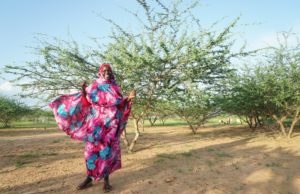
In Sudan, Jawaher is regreening land lost to the desert after a series of devastating droughts caused by climate change.
With a shift in priorities, investment and policy, we can transform our systems in response to the biggest threat facing humanity today, for a brighter and more sustainable future. Our work is helping break the vicious cycle of disaster vulnerability for those most at risk – and building climate resilience instead.
Explore further
Author
Demet Intepe
Researcher and policy expert in climate justice, climate change adaptation, and sustainability. Currently leading on the mainstreaming of climate change adaptation and mitigation across Practical Action’s programmatic and policy work, as well as Practical Action’s organisational commitment to sustainability.
